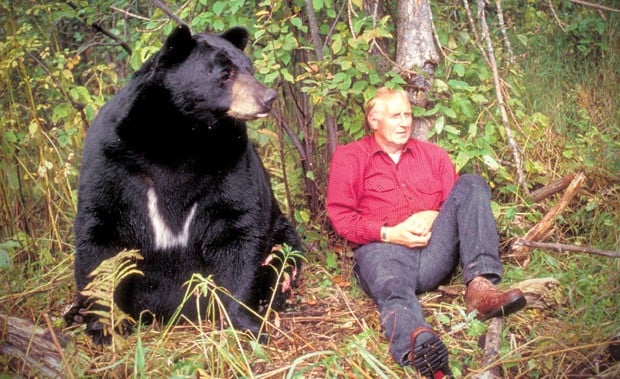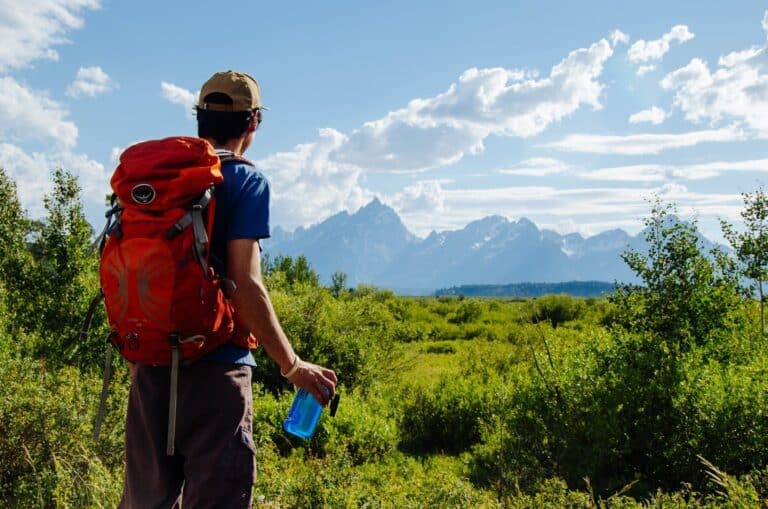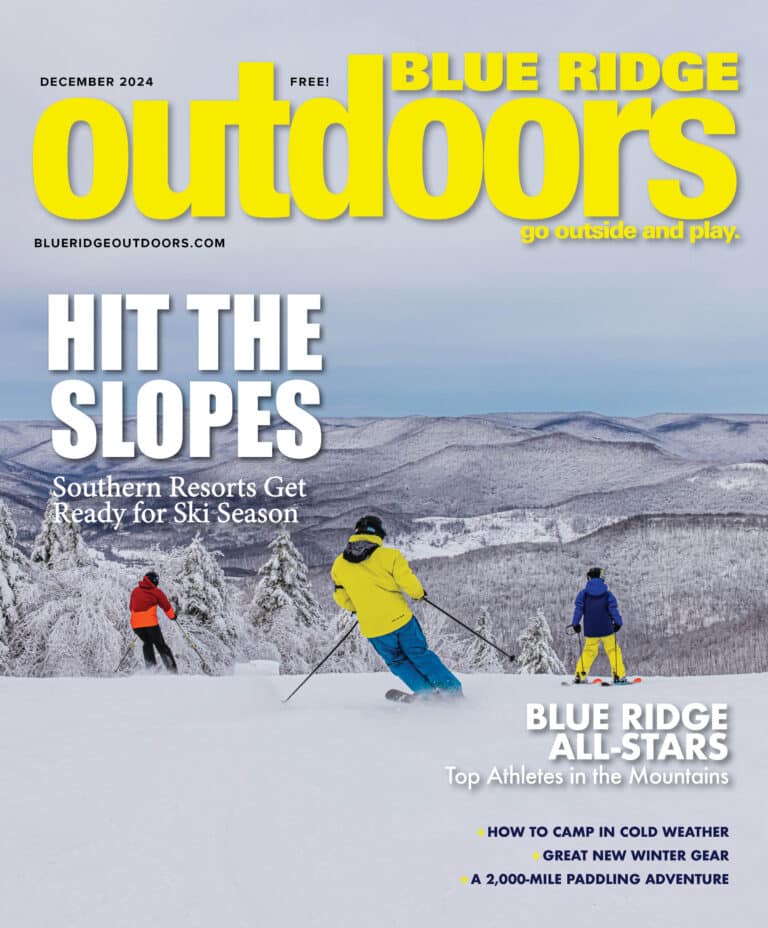Black Bear Myths
Myth: Black bears are mostly carnivorous. Although black bears are omnivores—meaning that they eat both vegetation and animal meat —their diets are on average about 85 percent vegetarian.
Myth: A black bear standing on its hind legs is getting ready to attack. Black bears stand up on their hind legs when they want more information about their surroundings. Standing helps them see farther and take in the sights, smells, and sounds of their environment.
Myth: The most dangerous time to approach bears is when a mother is with her cub. Although grizzly bears can attack when a human comes between mother and cub, black bears are likely to, at most, bluff charge and vocalize. According to bear biologists, black bears are too afraid of people to attack defensively.
Myth: All black bears hibernate all winter long. In areas with warm weather and plentiful food during the winter, black bears may not hibernate at all, or may only do so for short periods of time.
Myth: Carrying a gun is the most effective way to guard against a bear attack. The U.S. Fish and Wildlife Service recommends using pepper spray as opposed to firearms to protect against a bear attack. The government bureau found that shooting a bear can escalate an attack. “Experienced hunters are surprised to find that despite the use of firearms against a charging bear, they were attacked and badly hurt,” the Fish and Wildlife Service reported in a fact sheet. On the other hand, people defending themselves with pepper spray have escaped injury the vast majority of the time.
Myth: Bear attacks are common. Only 15 people have been killed by black bears in the past decade. You’re 40 times more likely to be struck by lightning than attacked by a bear.
When Black Bears Do Attack
One thing black bear experts can agree on is how rare attacks are. You are far more likely to be killed by a dog or an earthquake than you are by a bear.
But that doesn’t mean you should act carelessly around bears. Buz Bireline, who works with bears at the Maymont Foundation in Virginia, was hiking through Cades Cove in the Great Smoky Mountains. “I saw people running after a bear to try and get its picture,” he recalls. “I believe we have an innate drive to connect with the wild. But it can lead us to make bad choices.”








